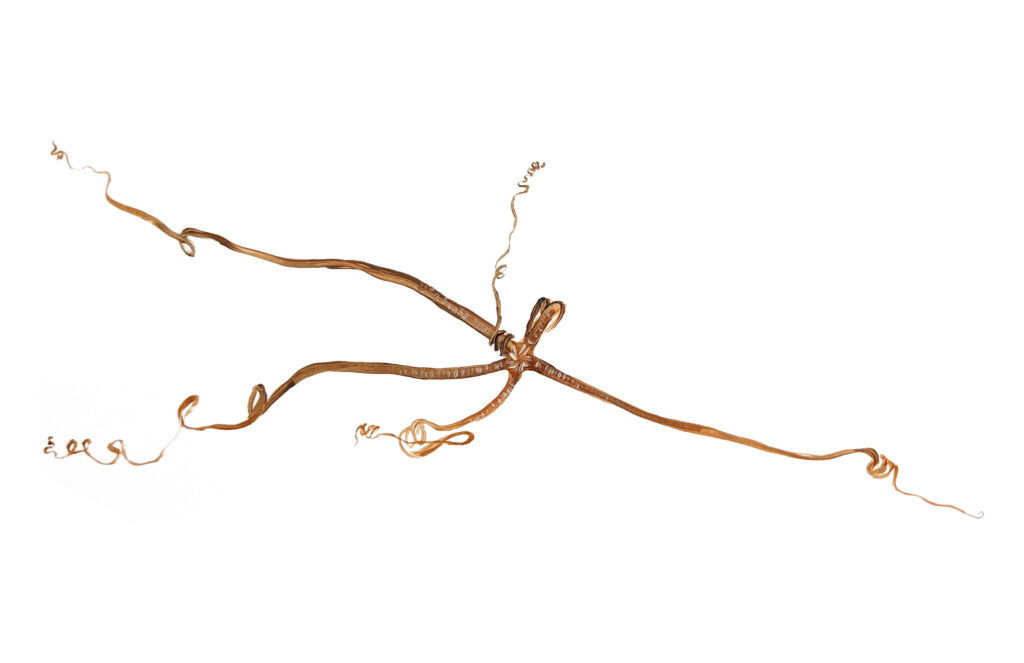Bio
Austen Camille is a Canadian-American public artist fostering reciprocal, regenerative relationships between built and natural environments, with a focus on rural communities. Recent projects include site-specific public art/AR installations supported by The Nature Conservancy in Sheridan, WY, and by the New York State Water Resources Institute at the Greenport Conservation Area in Hudson, NY. Adjacent to their art practice, Camille has also organized a transdisciplinary conversation series across Temple University and created the podcast ‘Our Shared Field,’ which brings artists into conversation with people from outside of the arts. Camille holds an MFA from Tyler School of Art and Architecture at Temple University.

Answers to DSBSoc
How did you get interested about the deep sea? I have always considered myself a land person, while my sister is the ocean person. Her stories about living on a ship in the middle of the ocean are both remarkable and absolutely alien to me. And then I met Erik Cordes, and started to learn about the foundation of what it means to be a land person. I began reading about deep sea species, learning about the slowness and the resilience and the evolutionary marvels in response to such a harsh environment.
What do you imagine that deep-sea biological sciences can do? The sheer amount that is unknown about this place is what I am most drawn to. The vast regions of uncharted space. The fundamental, foundational origins of life. The research taking place in this region is necessary and urgent, especially in order to protect it from extraction and harm before it can be better understood.
Why do you think that bridging Art & Science is important? By bringing together practitioners from multiple disciplines, there is potential to create new knowledge operating between disciplinary boundaries. This is the type of knowledge that is able to see the connections between environmental, economic, social, material and cultural spheres. In regards to art and science specifically, two potential relationships come to mind: (1) Art can function as the mediating point between research and a broader public who otherwise don’t have access to the research, who might not trust the science, who need help feeling empathy toward the subject, etc. And (2) Art can integrate with science and create new ways of seeing, of asking questions, of relating to the world. Both are important.
